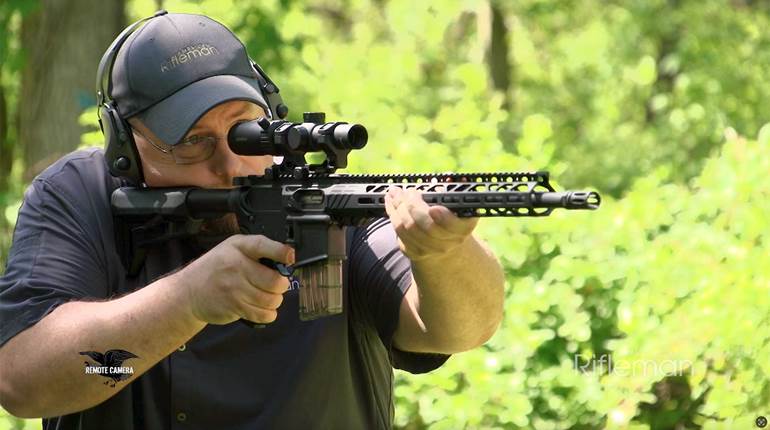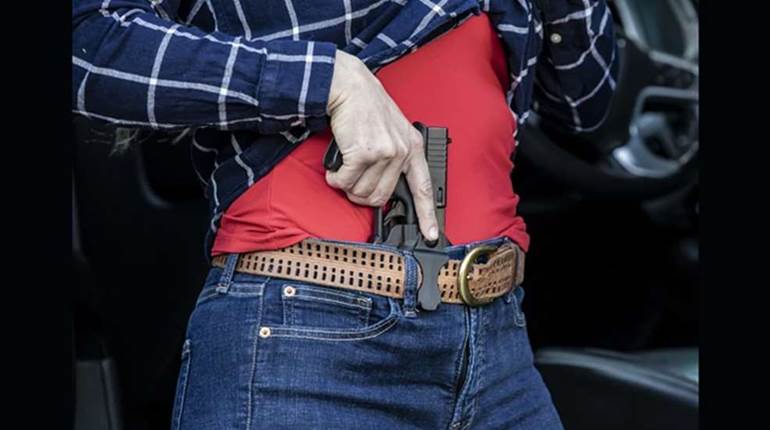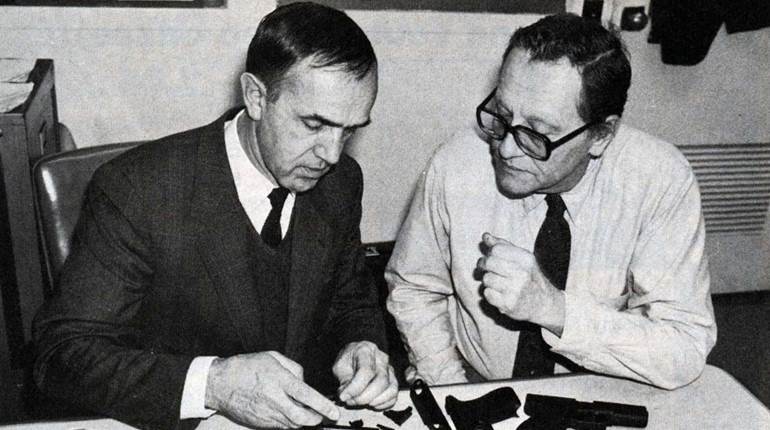
Legislative battles raging across the nation at virtually every level of authority will determine whether the Second Amendment survives, but this war is being waged actively on multiple fronts. Here’s a few of those engagements currently being fought.
Financial
American Federation of Teachers President Randi Weingarten threatened Wells Fargo on March 29 (PDF) that her organization would, “… remove Wells Fargo Mortgage from our member benefit offerings and encourage Union Privilege to do the same in the future,” unless the bank answered questions about its dealings—three of them directed at NRA finances—to her satisfaction. A written response from Wells Fargo Chief Executive Officer and President Timothy J. Sloan came on April 3 (PDF). In it he explains, “Our role as a bank is to lend responsibly and offer related services to customers, companies, and projects that meet all necessary legal requirements and policies. With respect to gun manufacturers, we follow a strict due diligence process to ensure that each adheres to all state and federal laws before accepting them as customers. It is generally not our practice to comment specifically on the nature or terms of specific customer or client relationships—whether a consumer, company, or organization.”
Wells Fargo’s positive impact on education isn’t limited exclusively to teacher home loans, either. According to Sloan’s letter, “In 2017, Wells Fargo & Company provided $68.4 million in education-related contributions across the nation. In 2018, we expect to increase our annual philanthropic donations by 40 percent to do our part to strengthen and support the communities we live and conduct business in.” At press time there was no word on a decision from the American Federation of Teachers.
On March 22, Citigroup announced a new U.S. Commercial Firearms Policy that does not allow its retail clients to sell “… bump stocks or high-capacity magazines.” It also mandates a minimum firearm purchase age of 21—even for long guns—and background check approval.
“I don’t know if banks or credit card companies or any other financial institution should be the arbiter of what an American can buy."—Wells Fargo CEO and President Timothy J. Sloan
Bank of America’s dealings with the firearm industry have been contentious since 2012, which made an April 10 announcement by the company’s Vice Chairman Anne Finucane on Bloomberg TV expected by some. “It’s not our intention to finance these military-style firearms for civilian use,” she said when announcing it was going to sever business ties with gun companies. The outlet is reporting the bank’s relationships with Vista Outdoor and Remington Outdoor will be impacted, although arrangements with the latter may be minimal due to its current bankruptcy protection.
BlackRock—the world’s largest money managing firm—posted a list of business-practice questions on March 2 directed at publicly traded firearm manufacturers and retailers. It manages $1.6 trillion in active funds, but admits the industry isn’t a major part of its business. “BlackRock holds none of these firearms manufacturers in our active equity portfolios (where stocks are selected by our portfolio managers with guidelines agreed to by clients), it states. “In BlackRock’s index equity products (where stocks are determined by third-party index providers)—these three companies represent 0.01% of total assets.” The company has yet to respond to our requests inquiring if it has ever posed similar questions to the alcohol and tobacco companies in which it invests.
The publicity has anchored many of the financial firms in the headlines for months, although Wells Fargo’s Sloan says it presents an ethical dilemma. “I don’t know if banks or credit card companies or any other financial institution should be the arbiter of what an American can buy,” he said in a Charlotte Observer interview.
Vanishing Guns and Retail Restrictions
Dick’s Sporting Goods, which took modern sporting rifles and “high capacity” magazines out of its stores several years ago, announced on Feb. 28 that its 35 Field & Stream outlets were following suit. In addition, you must now be 21 or older to purchase any firearm or ammunition at both outlets.
In February Walmart—which removed ARs in 2015—began requiring a minimum age of 21 to purchase a gun or cartridges. A few days later, LL Bean’s single outlet licensed to sell firearms followed. Fred Meyer did the same, but by mid-March had announced it’s getting completely out of the gun, ammo and accessory business.
Grocery giant Kroger, which operates 2,782 grocery stores in 35 states and the District of Columbia under a variety of names—Kroger, Ralphs, Food Co., Metro Market, Ruler Foods, Harris Teeter, Fry’s, Smith’s, City Market, Price Right, Baker’s, King Sooper’s, Fred Meyer, Gerbes Super Markets, Food 4 Less and Pic N’ Save, among others—began removing newsstand periodicals that feature modern sporting rifles sometime in March, according to CNN. The grocer also owns 784 convenience stores in 18 different states, as well as the Fred Meyer general merchandise stores. The total number of outlets impacted remains unclear.
Delta Air Lines canceled an NRA-member discount program for fare to the NRA Annual Meetings and Exhibits. And it’s now impossible to find AR-15s under Google.com’s “shopping” tab.
Violent Twist This Week
A dangerous and potentially life-threatening twist in the battle over Second Amendment rights took place in North Carolina early on April 9, when three of the five shooting stations at a range were burned to the ground by an arsonist. Authorities claim it wasn’t an amateur job, either, because the other two were surrounded by five, one-gallon containers of gasoline that survived when their fuse systems failed. The Triad Action Shooters Klub has already started rebuilding and seeking donations. It explains, “… it was a sophisticated arson, not some dumb#$@*X with cigarettes and lighter fluid.” No persons of interest or suspects have been named, although the shear weight of the shooting benches moved for torching indicate multiple perpetrators.





































